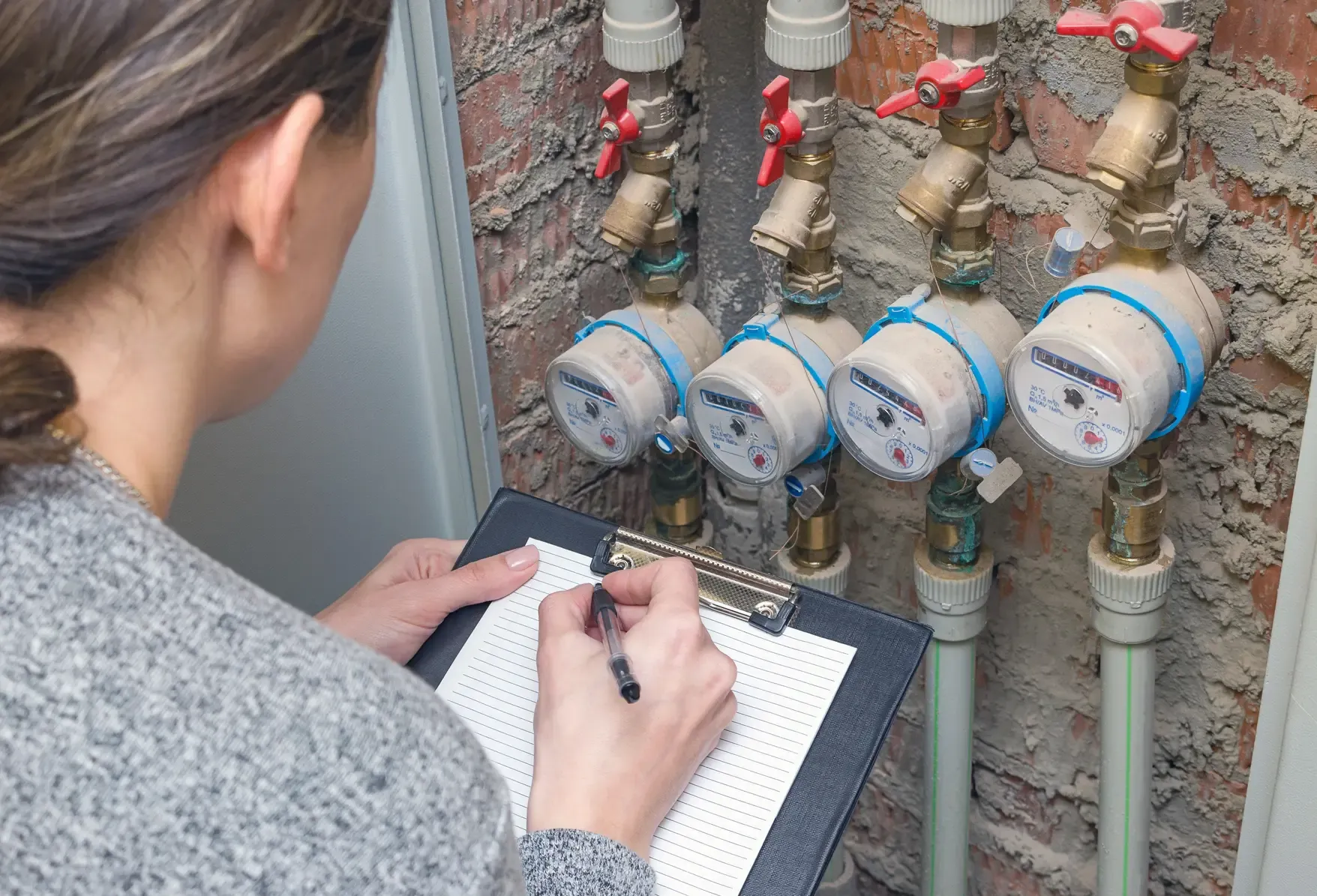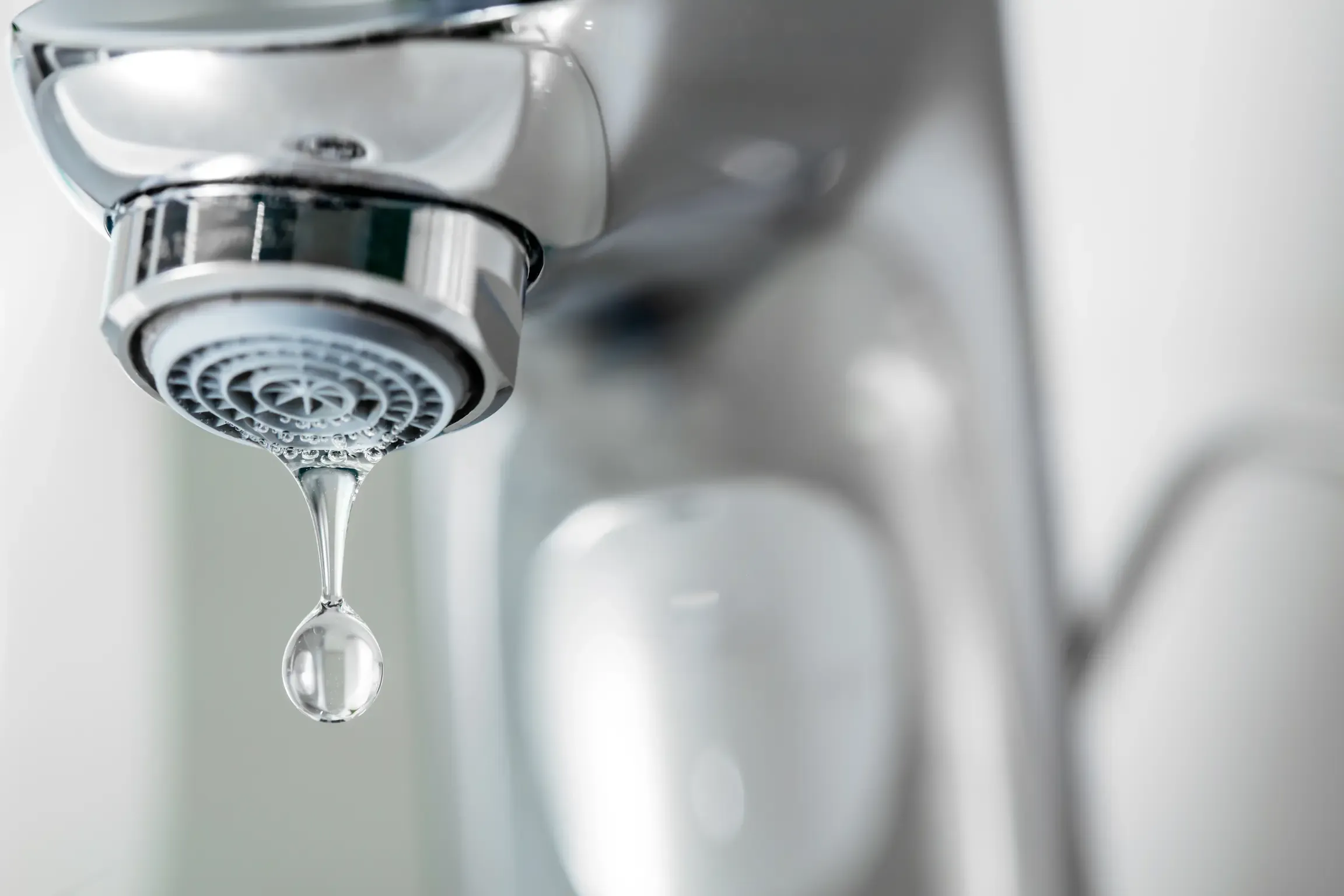
If you’re tired of seeing high numbers on your sewer bill each month, you’re not alone. Sewer charges can take a significant chunk out of your budget, but the good news is there are ways to lower them. By understanding what affects your sewer bill and taking proactive steps to reduce water usage, you can effectively cut down on costs.
A sewer bill is a utility fee that homeowners and businesses pay for wastewater disposal and treatment. When you use water for bathing, washing dishes, or flushing toilets, the wastewater goes through a sewer system to a treatment facility. The cost of maintaining this system, including the pipes, pumps, and treatment plants, is covered by your sewer bill.
Sewer charges are typically calculated based on water usage, as it’s assumed that most of the water entering your home will eventually go down the drain. This is why sewer bills are often listed together with water bills, although they are separate charges.

Many people wonder, “Is water and sewer the same bill?” While they might appear on the same statement, they are different. Here’s the distinction:
Essentially, the water bill is for what comes into your home, and the sewer charge is for what goes out.
Your sewer bill covers the costs associated with:
Understanding what sewer bills cover can help you better appreciate the importance of paying this utility fee.
There are several reasons why your sewer bill might suddenly increase. Understanding these causes can help you identify the issue and take the necessary steps to reduce your sewer charges. Here are the five most relevant reasons:
Think about it—did you fill up a pool, host guests, or use the sprinklers more often? Sewer bills are typically calculated based on your water usage, so any extra water going down the drain can make your sewer bill go up. Even things like longer showers, extra laundry, or washing the car can add up. If your water usage went up, your sewer charge will reflect that.
You might not realize it, but a dripping faucet or a running toilet can waste a surprising amount of water. Even small leaks add up quickly, sending gallons of water down the drain and driving up your sewer charges. If your bill suddenly spiked and you don’t recall using more water, check for leaks. A running toilet alone can waste up to 200 gallons of water per day—yikes!
Sometimes it’s not you, it’s them. Utility companies occasionally raise their rates to cover maintenance, infrastructure upgrades, or other costs. These rate hikes can catch you off guard, especially if you didn’t use more water but your bill is still higher. Check your bill details or visit your utility company’s website to see if they announced a rate increase recently.
This one can be a bit tricky. Some utility companies use your winter water usage as a baseline to calculate your sewer charges, assuming you’re not watering your lawn or filling a pool in the winter. So, if you used more water than usual last winter, you might see higher sewer charges all year long. Also, billing adjustments or changes in the way they calculate usage can lead to a sudden spike.
Did you recently get a new dishwasher, washing machine, or even a water softener? How about installing a sprinkler system or adding a bathroom? These changes can increase your water usage, which directly impacts your sewer bill. If you’ve made any upgrades or added water-consuming fixtures, this could explain the jump in your sewer charges.

If your sewer bill is consistently high, here are some effective ways to lower it:
By understanding how sewer charges are calculated and actively reducing water usage, you can lower your sewer bill over time.

Stop letting high sewer bills drain your wallet. Start implementing these tips today and see the difference in your next bill. Need help identifying leaks or upgrading fixtures? Contact us now for expert solutions to lower your sewer bill.
© 2025 All Rights Reserved. | Website Developed By: Thrasker.